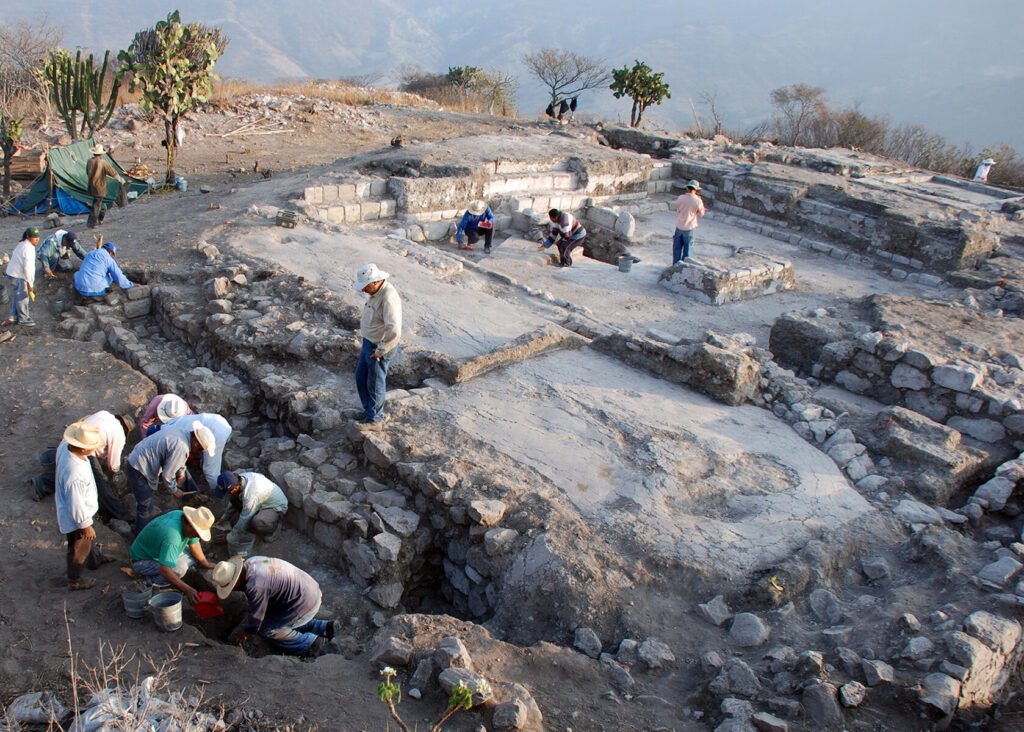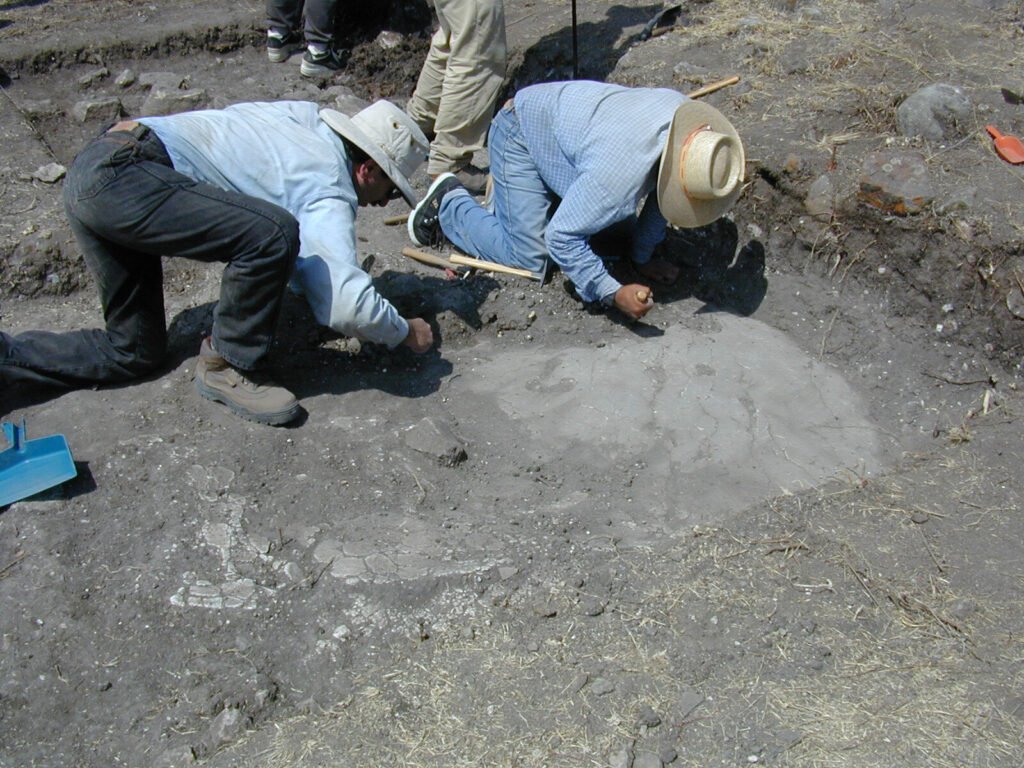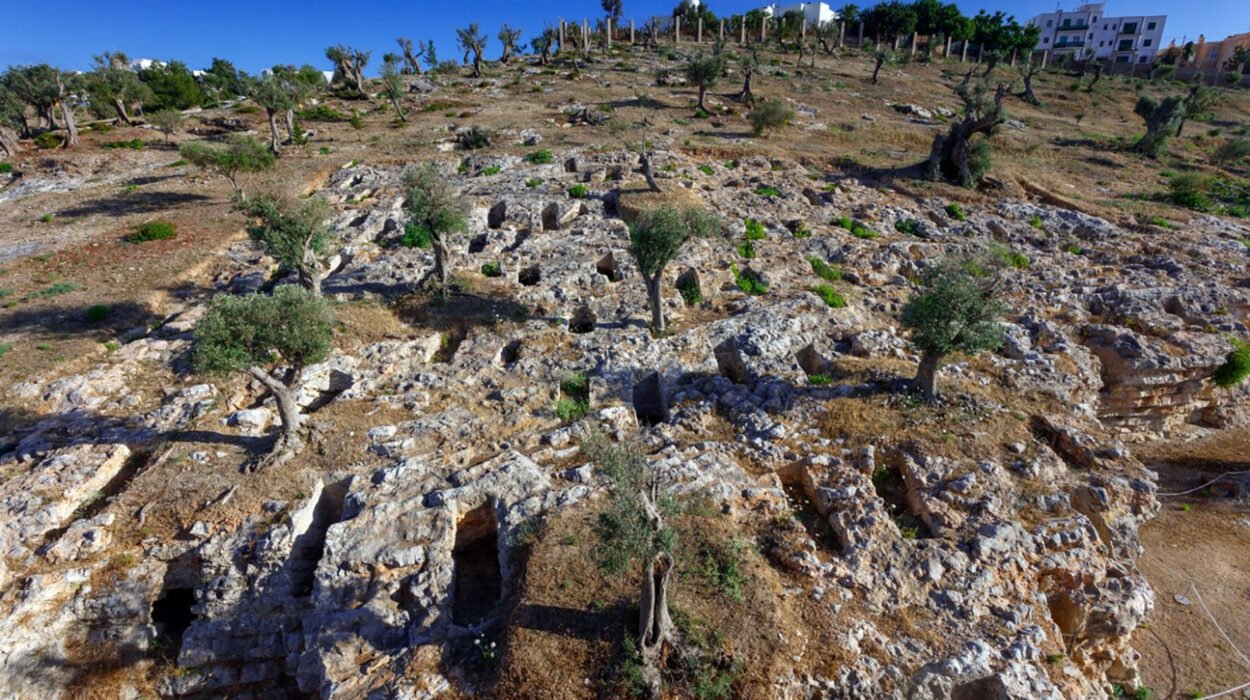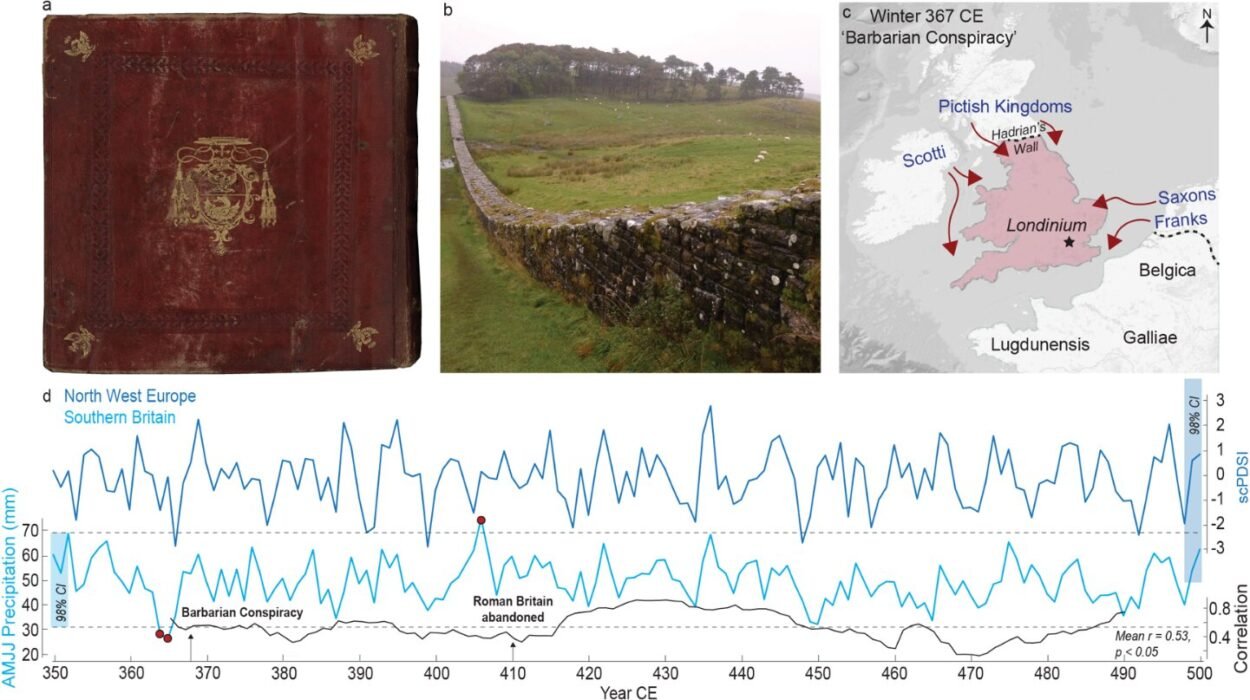For centuries, we have peered into the mirror of history and seen only inevitability. The birth of agriculture, the rise of states, the ascent of monarchs and empires—all supposedly marching in lockstep toward greater inequality, as though human society were on rails, unable to diverge from a single path. But new research published in the Proceedings of the National Academy of Sciences (PNAS) challenges that deterministic view. Drawing from a vast archaeological record that spans six continents and ten millennia, scientists have now shown that inequality—though widespread—is neither inevitable nor universally expressed.
This is not simply a re-reading of history; it is a seismic shift in how we understand the story of human society. At the heart of this revelation is a deceptively simple tool: the size of houses. Across more than 1,000 archaeological sites, researchers analyzed the footprints of over 50,000 ancient homes. By comparing the relative sizes of these dwellings, they created a proxy for household wealth and used it to calculate a standardized measure of inequality called the Gini coefficient. What they discovered reveals as much about our ancestors as it does about ourselves.
Gary Feinman, the MacArthur Curator of Mesoamerican, Central American, and East Asian Anthropology at Chicago’s Field Museum and the study’s lead author, explains the significance of this dataset. “This is an unprecedented dataset in archaeology,” he says. “It allows us to empirically and systematically look at patterns of inequality over time.” Previous understandings of wealth disparities in ancient societies were often speculative, anecdotal, or limited to a few well-known civilizations. This study opens the floodgates on a truly global perspective, allowing researchers to distinguish patterns, trends, and, perhaps most importantly, deviations from the expected narrative.
Traditionally, many scholars have assumed that inequality was the natural consequence of agriculture, surplus production, and social hierarchy. Once farming emerged, the argument goes, food surpluses allowed some individuals or groups to accumulate wealth, create elites, and stratify society. As cities and states formed, so too did the apparatuses of power, bureaucracy, and monumental architecture—clear signs of widening disparities between the few and the many.
But Feinman and his colleagues found something far more nuanced. “There is not one unilinear sequence of change in wealth inequality over time,” he explains. “What we see is not just noise or chaos.” Instead, their data reveals patterns of inequality that vary sharply across time and space. These variations suggest that societies responded in different ways to common challenges. Far from being locked into a trajectory of ever-increasing disparity, many communities forged paths that either dampened or exacerbated inequality, depending on their values, institutions, and decisions.

The Gini coefficient, a tool more commonly associated with modern economics, proved to be an effective way of quantifying inequality in the ancient world. A Gini of 0 indicates perfect equality; everyone has the same wealth. A Gini of 1 means total inequality; one person holds all the wealth, and the rest have nothing. By adapting this model to house size distributions, the researchers could compare societies from Neolithic villages to sprawling pre-Columbian cities and early medieval towns.
Interestingly, the researchers found that inequality didn’t simply climb with population size or political complexity. In some large, centralized societies, inequality remained relatively low. In others, it spiked dramatically. For instance, ancient settlements in North and Central America—particularly in regions like Oaxaca, Mexico, where Feinman has conducted decades of fieldwork—sometimes displayed surprisingly equitable house size distributions, even as they grew in size and developed complex governance systems.
This suggests that governance structures and social norms played a vital role. In societies where cooperative institutions and shared decision-making processes prevailed, inequality could be mitigated. Where power was more concentrated, disparities grew. “Human choice and governance and cooperation have played a role in damping down inequality at certain times and places,” Feinman notes.

The implications of these findings ripple far beyond the confines of academic archaeology. They challenge long-held assumptions not only about the past, but also about the present and future. If inequality is not an inevitable byproduct of complexity, then it becomes a choice—one shaped by governance, cultural priorities, and collective action. That offers a powerful counter-narrative to the often cynical belief that the modern wealth gap is simply the latest chapter in an unchangeable story.
One of the most compelling aspects of the study is the broad diversity of the sample. The research spans ten millennia, from the earliest settled communities of the Holocene to more recent historical societies. It includes regions as culturally distinct as East Asia, sub-Saharan Africa, South America, and Europe. Yet despite the variation, consistent patterns emerge. Wherever inequality grew dramatically, it often followed similar trajectories: the consolidation of land and wealth, the emergence of elites, and the reinforcement of social boundaries.
But there were also striking exceptions. Some societies sustained remarkable levels of equality over long periods of time, even as they developed cities, engaged in trade, and created sophisticated art and architecture. These findings point to the importance of “leveling mechanisms”—systems and cultural practices designed to keep wealth disparities in check. These might include communal land ownership, redistribution of surplus, limited inheritance rights, or social norms that value humility over hierarchy.
Feinman’s own experiences in Oaxaca offer a tangible illustration. “Almost always, the larger the house, the more elaborate the house, with special features and thicker walls,” he observes. Yet, in many of these ancient settlements, the differences were modest. The architecture revealed a society where some had more, but few had vastly more. This contrasts sharply with other parts of the world—like ancient Rome or Han China—where opulent palaces stood alongside cramped hovels, reflecting stark divisions in wealth and power.
Importantly, the study also challenges the common habit of treating Greece, Rome, or medieval Europe as representative of all human history. These societies, often used as archetypes in Western education, were actually outliers in some respects—especially in their tolerance of extreme inequality. “There are a lot of things that have been presumed for centuries—for example, that inequality rises inevitably,” Feinman says. “These ideas have been held for hundreds of years, and what we find is that it’s more complicated than that.”
That complexity has profound implications for how we frame modern policy debates. In an age where economic inequality has reached levels unseen since the Gilded Age, many assume that such disparities are an unavoidable result of globalization, technology, or market economies. But the archaeological record tells a different story. It shows that inequality is not a law of nature, but a historical pattern—sometimes followed, sometimes avoided.
Technological innovation, population growth, and surplus production do indeed raise the potential for inequality. But potential is not destiny. Societies have the power to enact systems—legal, cultural, and institutional—that channel that potential toward equity rather than exploitation. The variability seen across the 1,000 sites suggests that some societies succeeded in doing so for centuries. Others did not.
The lesson, then, is both sobering and hopeful. Sobering, because it underlines the risk of assuming that our current trajectory is preordained. Hopeful, because it reminds us that humans have, time and again, made different choices—choices that led to more balanced, resilient, and just societies.
As the study draws attention, it offers a timely reminder that history is not just a record of what was, but a guide to what might be. Archaeology is often viewed as a window into the distant past, but here it becomes a mirror for the present. The long arc of human habitation—etched in adobe bricks and stone foundations—reveals more than technological advancement or imperial conquest. It reveals the principles that governed daily life, the ethics that shaped societies, and the deeply human struggles over who gets what, and why.
And so, from the dusty outlines of ancient houses, we are offered a message for the modern world: Inequality is not fate. It is a choice—and one that, like our ancestors, we still have the power to shape.
More information: Feinman, Gary M., Assessing grand narratives of economic inequality across time, Proceedings of the National Academy of Sciences (2025). DOI: 10.1073/pnas.2400698121






